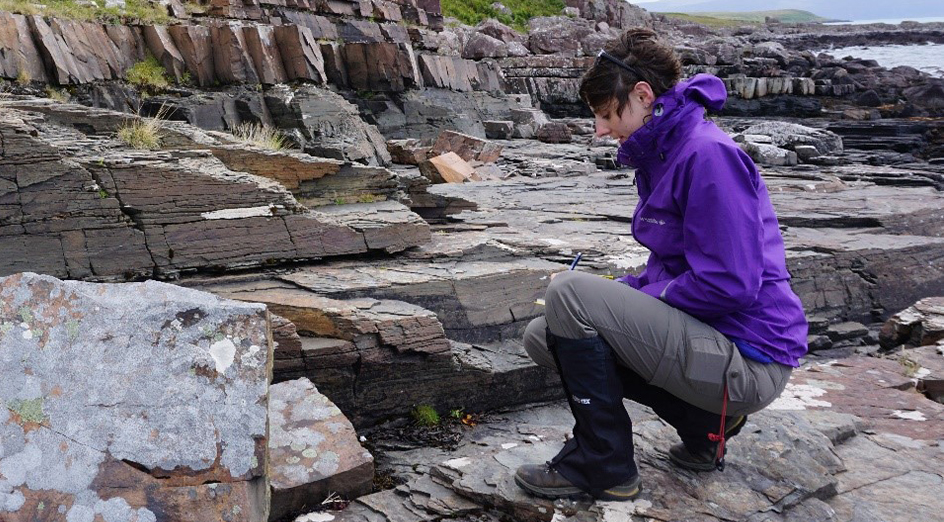Researchers from The University of Western Australia have found the earliest finding of titanium inside one-billion-year-old cells, within the oldest evidence of fossils in the UK.
The research, published in Geobiology, found titanium minerals inside unbroken cells, suggesting that these elements formed very early after the death of the cells.

Lead author Eva Sirantoine from UWA’s School of Earth Sciences collected samples of organic-walled microfossils of the Cailleach Head Formation in northern Scotland, a site known for its well-preserved microfossils from the Precambrian era, the earliest of the geological ages.
“This study shows that the timing of the formation of the minerals is more precious than the size or aspect of the minerals for their preservation potential.”
Eva Sirantoine
Once extracted, researchers examined the single-celled organisms under an electron microscope at UWA’s Centre for Microscopy, Characterisation and Analyses.
The researchers uncovered titanium oxide crystals that had appeared to form inside the cell shortly after its death and had not broken the cell wall.
This allowed the fine details of the cells, such as the walls, to be preserved by the big crystals of titanium oxide.
Ms Sirantoine said the microfossils showed insights in the evolution of Eukaryotes, cells and organisms with a clearly defined nucleus, as their host rocks are interpreted as lake deposits, a very rare feature in the geological record.
“This study shows that the timing of the formation of the minerals is more precious than the size or aspect of the minerals for their preservation potential,” Ms Sirantoine said.
Ms Sirantoine said the discovery further demonstrated the possibility of finding perfectly preserved microorganisms that are one billion years old.
“These findings leave us with the tantalising possibility of finding perfectly preserved Precambrian microorganisms, the very beginnings of life on Earth.”






